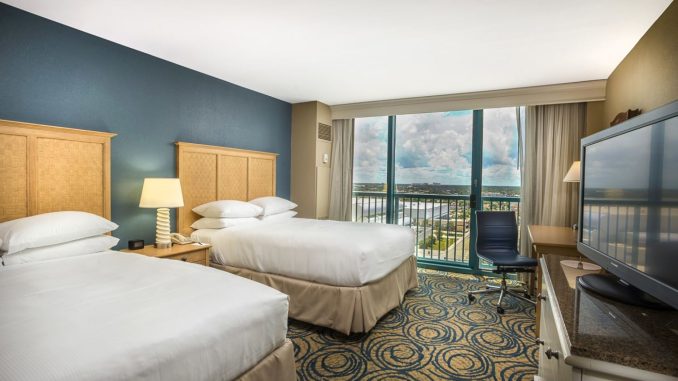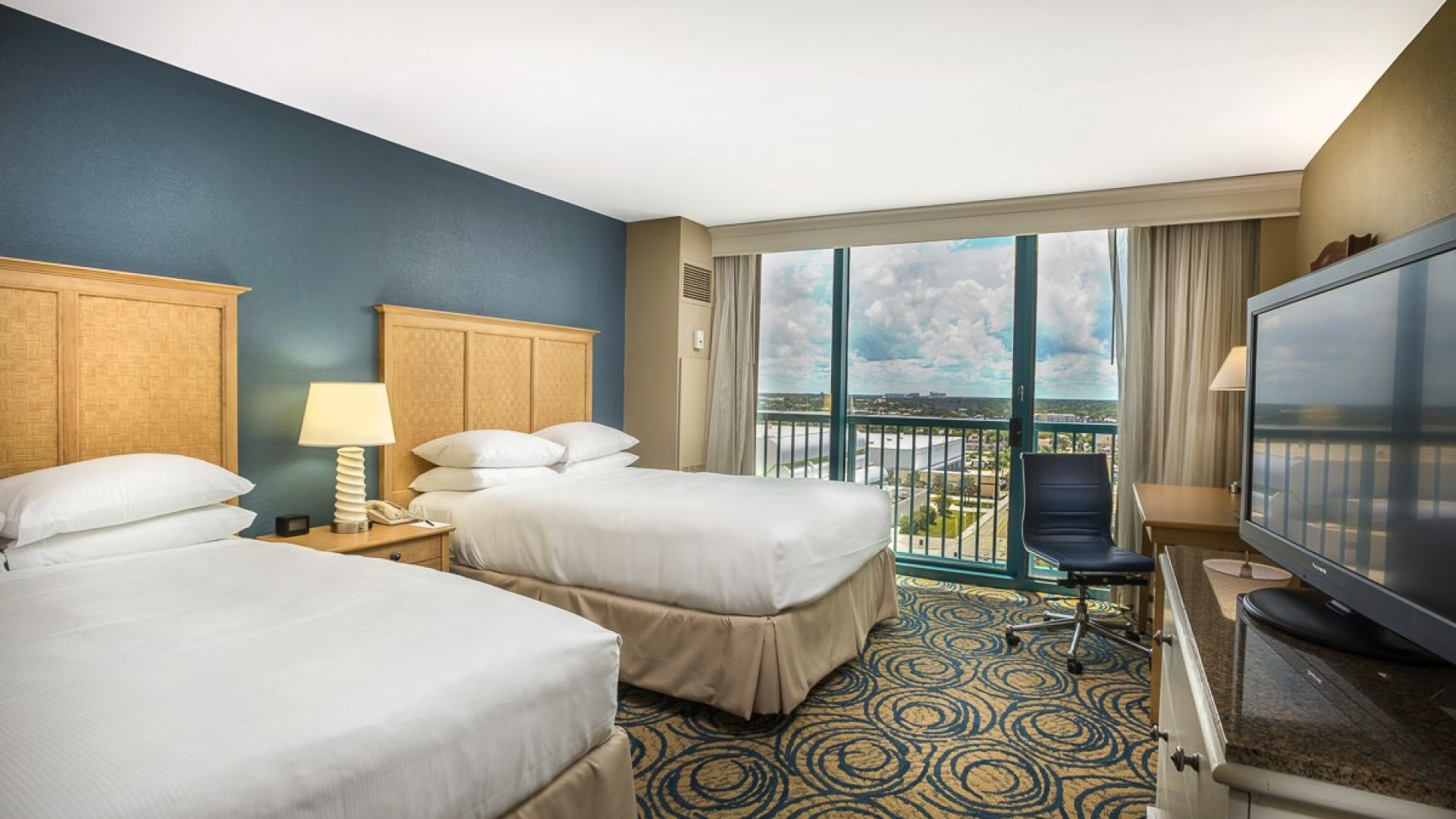
With the rise in the number of people with hearing impairments in recent years, more hotels are taking steps to ensure their guests have a comfortable stay. Designing hearing-accessible hotel rooms requires attention to detail, from making sure there are adequate soundproof walls to ensuring that all available technology is compatible with hearing aids. In this article, we’ll discuss some of the best practices and innovations for designing hearing-accessible hotel rooms.
One of the most important aspects of creating a website friendly environment for guests who are hard of hearing is providing soundproof walls between adjoining rooms and hallways. This will help reduce the amount of external noise coming into the room and make it easier for those staying inside to communicate clearly without interference. Adding insulation to windows and doors can also help create an acoustic barrier against outside sounds.

Another key element when designing a hearing-friendly hotel room is installing appropriate lighting fixtures. Installing LED lights that use dimmer switches or motion sensors can make it easy for guests with limited auditory abilities to navigate through different areas within their hotel room without fumbling around in darkness or worrying about being startled by sudden bright lights.
Incorporating these technologies into your design plans is essential for those who rely on assistive listening devices (ALDs) such as loop systems, telecoils, and FM systems. Loop systems are designed specifically for people with impaired vision or hearing loss by connecting them directly with a microphone so they can hear speech clearly over background noise. Similarly, telecoils allow users to connect wirelessly via an audiologist-prescribed frequency while FM systems broadcast radio signals that transmit audio directly from sources like TVs and microphones into one earpiece or both ears simultaneously, depending on individual needs.
In addition to ALDs, modern hotels should also look at incorporating voice amplification technology such as receivers and speakers, which can be used together with existing sound equipment like TVs and radios to increase overall volume levels in certain areas or even specific parts of rooms so they’re easily heard by any guest requiring it – regardless of whether they have full hearing capabilities or not.

The importance of accessibility doesn’t stop at just sound-related features either; visual cues such as large print information sheets detailing emergency procedures or general directions around the property can help guide if needed, while tactile signage around exits will ensure that those unable read standard signs know how best reach safety during an emergency should one arise unexpectedly during their stay.
Finally, providing access to specialized services like sign language interpreters or special accommodations upon request is another way hotels can demonstrate their commitment to ensuring all guests enjoy an enjoyable stay regardless of any physical limitations limiting them from doing so otherwise.
Overall, creating a welcoming environment where everyone feels included starts with paying close attention to details when designing a hotel’s interior spaces – especially those directly related to catering for people with physical disabilities, including but not limited to partial or complete deafness/hearing loss issues. By implementing these best practices and exploring the various technological solutions available, you’ll be able to offer quality facilities that will ultimately result in improved customer satisfaction ratings along with increased brand loyalty rates over time!

